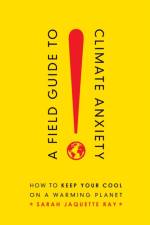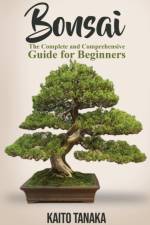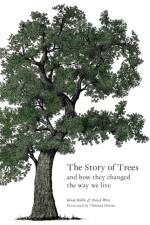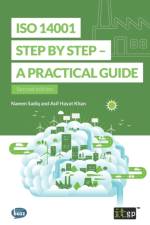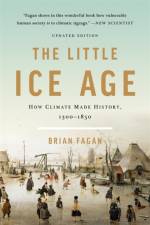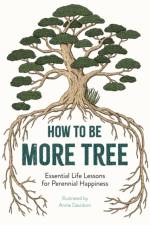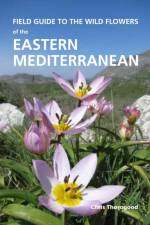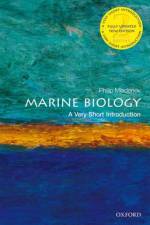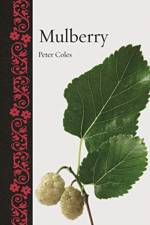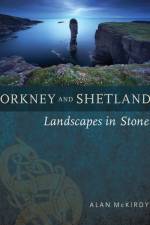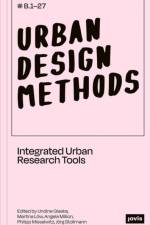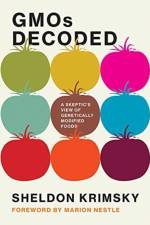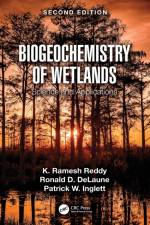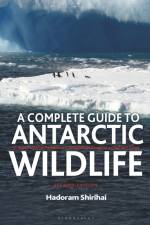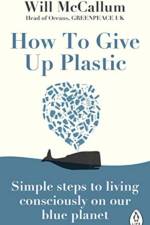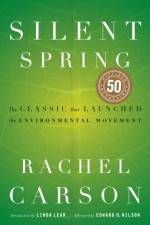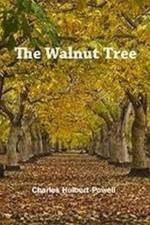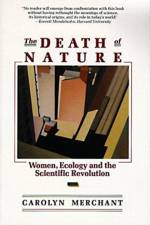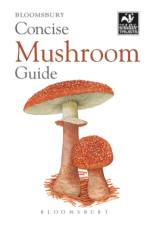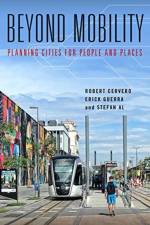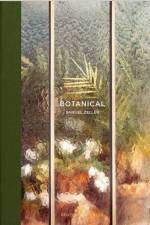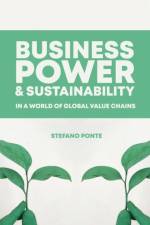- The Complete Step-by-Step Guide
av Tim J. Krahn
457
Everything you need to know to build with rammed earth in warm and cold climates. Rammed earth - sand, gravel, and clay or lime/cement binder packed into forms - is a low-energy, high-performance building method, yielding beautiful, sustainable results. It's thermally stable and can be insulated, can actively modulate humidity, provides a healthy indoor environment, and allows site materials to be used for major structural and building envelope elements. Essential Rammed Earth Construction covers design, building science, tools, and step-by-step building methods for any climate, with a special emphasis on building in cold climates of the northern US, Canada, and northern Europe. Coverage includes: Overview of earthen building Appropriate use of rammed earth walls Stabilized versus raw rammed earth Design considerations, including structural, insulation, and building envelope details Special considerations for cold and freeze-thaw climates Construction drawings, with step-by-step building instructions Tools and labor covering industrial methods, low-tech techniques, formwork options, mix design, budgets, and schedules Codes, inspections, and permits. This guide is an essential resource for experienced builders, DIY home owners, designers, engineers, and architects interested in learning about rammed earth construction.

